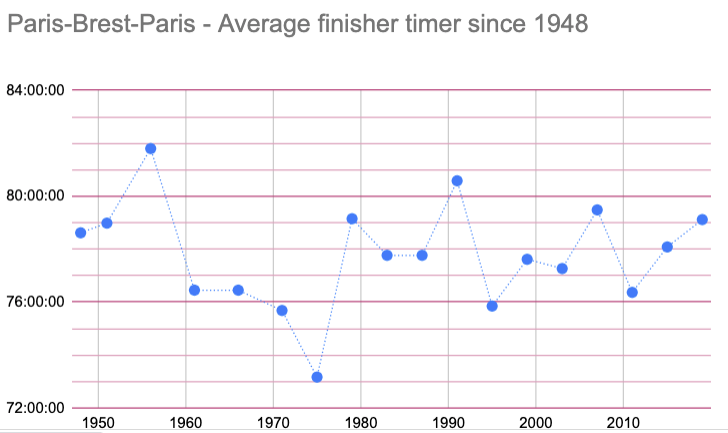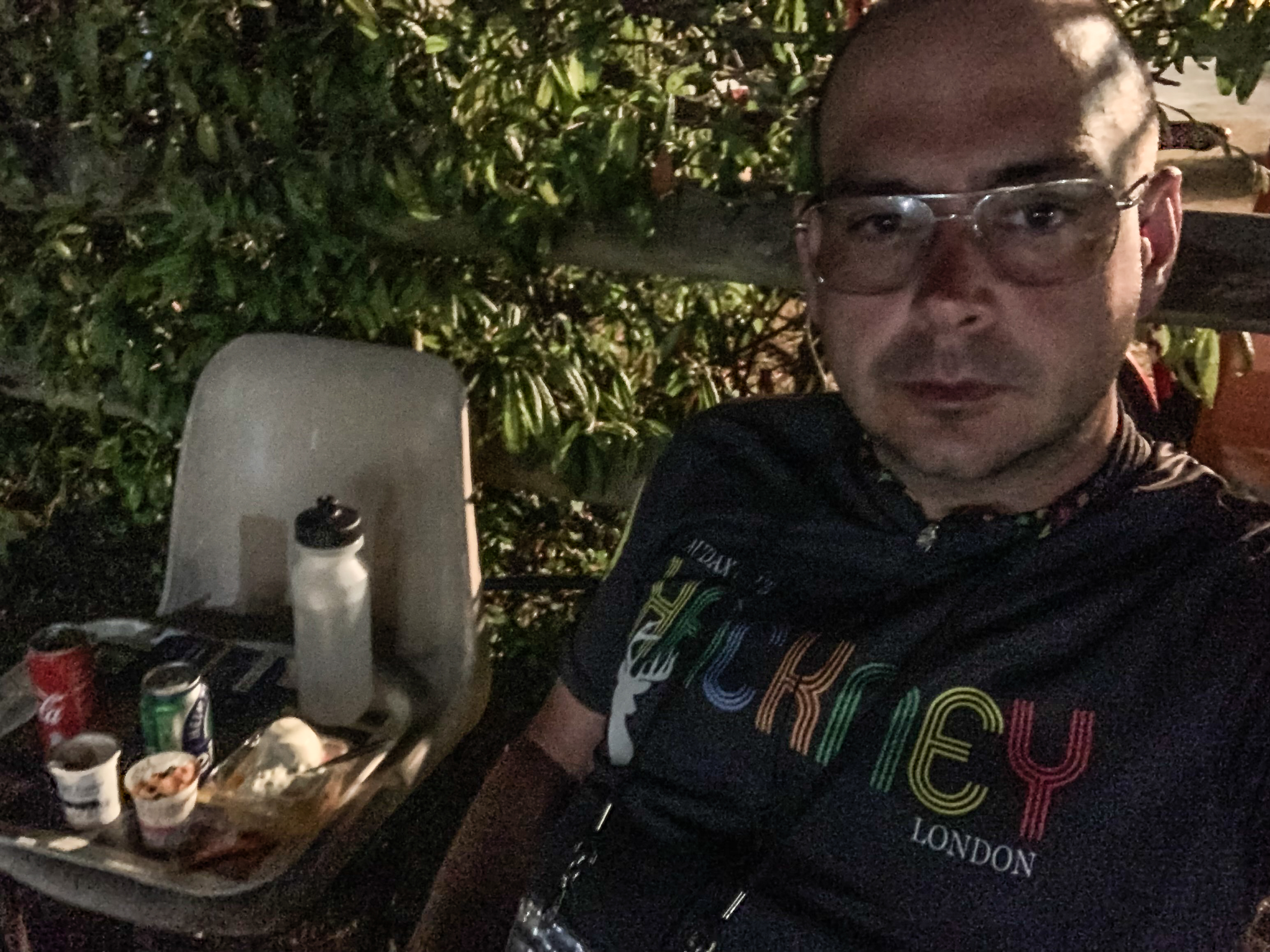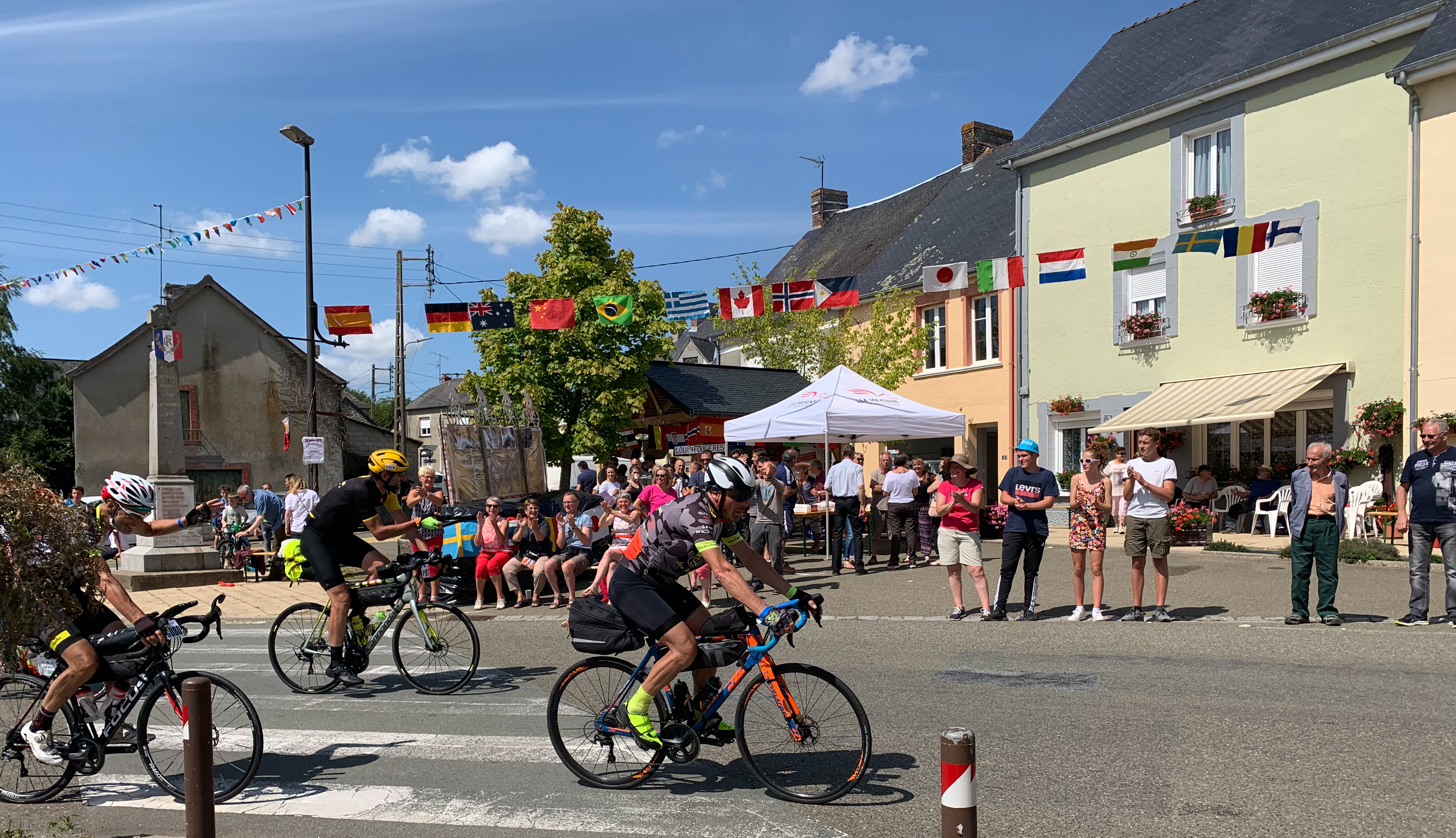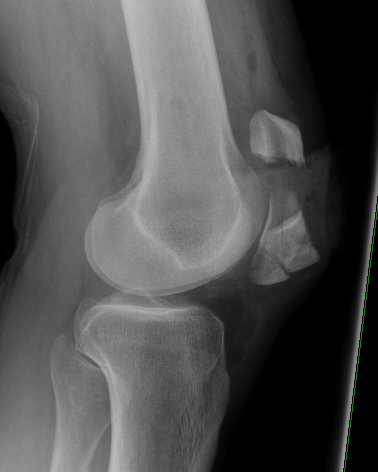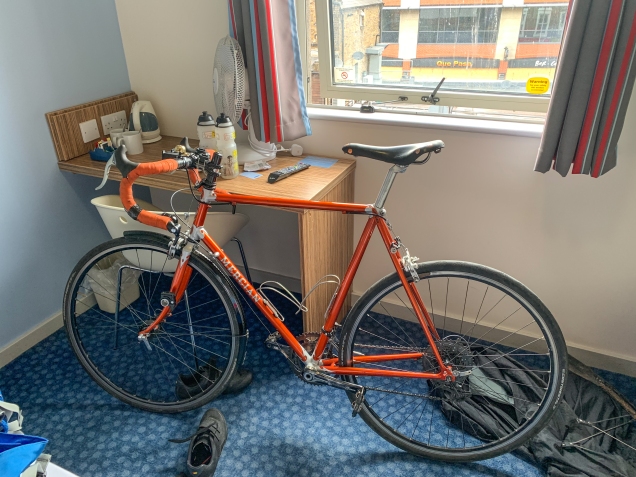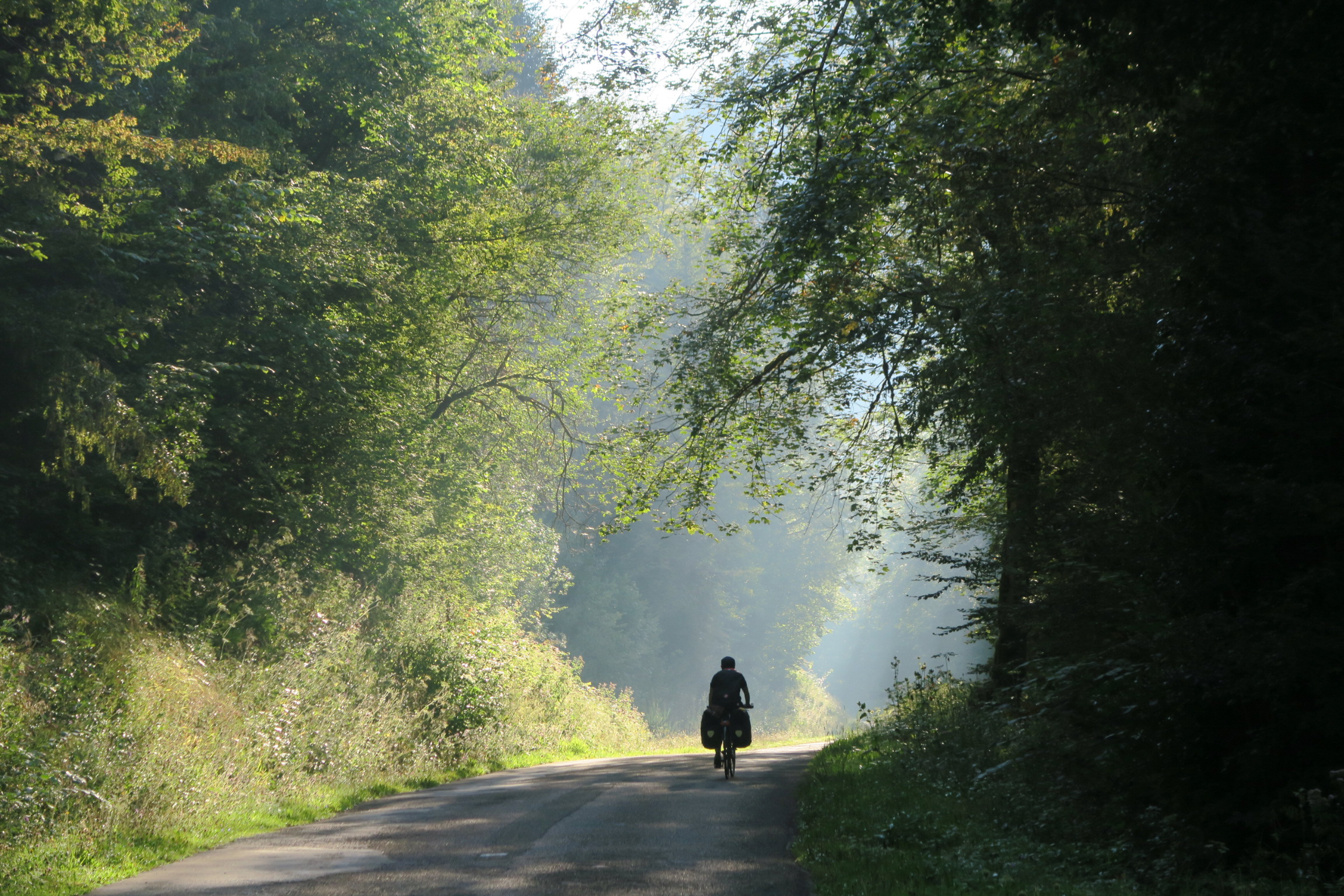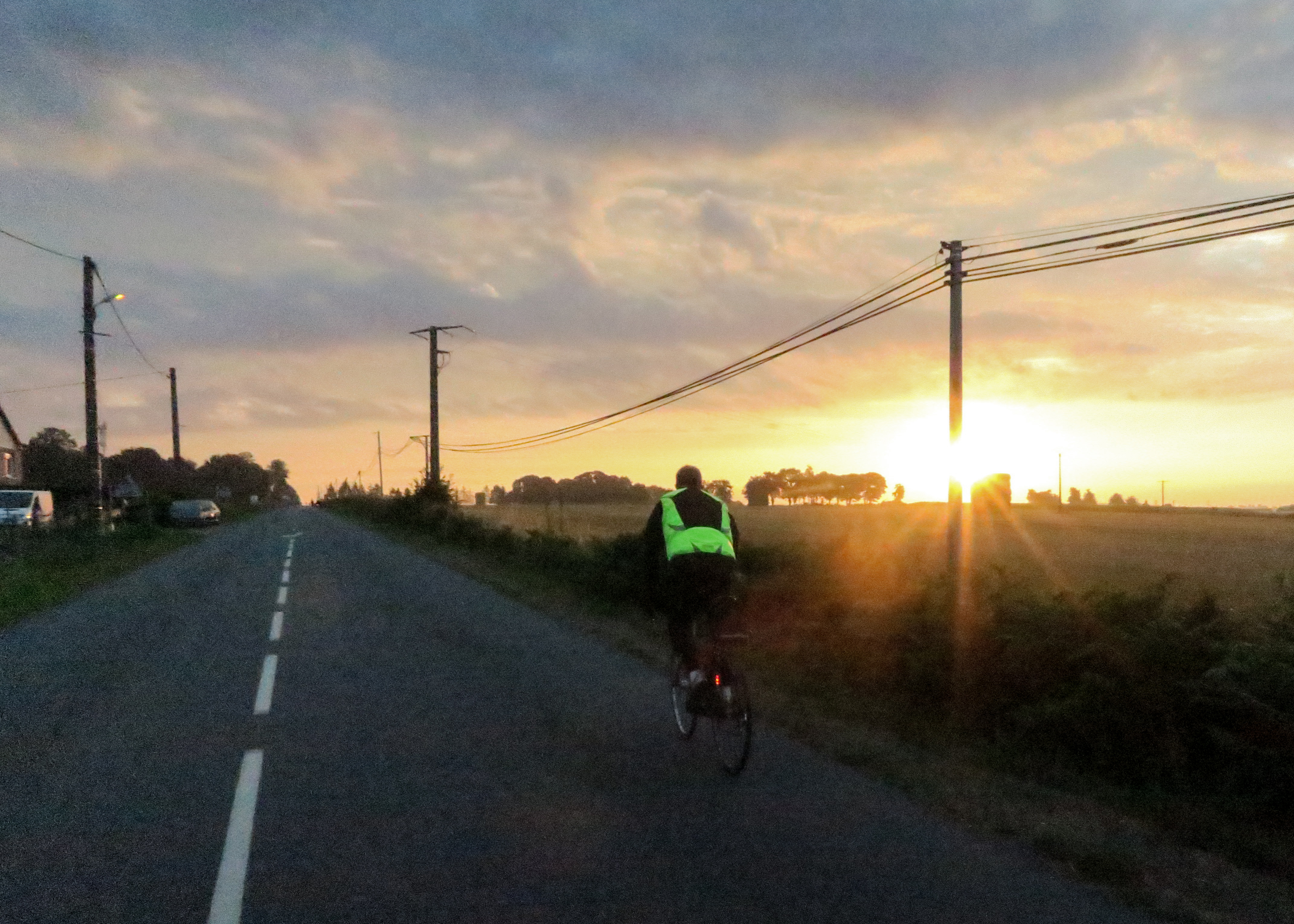
After 430 kilometres, just when midnight was approaching, I felt like I had taken psychedelic pills. I had just ridden from Sweden into Norway and my nose suddenly seemed to have become hyper sensitive.
I was on my own on a narrow road and had been awake for some 39 hours. A dense, ancient-looking forest was on my right, filling the air with a very special smell – at times rather sweet, sometimes boggy and occasionally earthy. It changed time and again.
I had left Umeå, a charming university town 600 kilometres north of Stockholm, 24 hours earlier. I was one of 71 cyclists taking part in the second edition of a 1200 kilometre Audax called the Midnight Sun Randonnée, a long-distance cycling event with a time limit of 90 hours organised by the Swedish club Cykelintresse. The ride had started at sunset, which was at 11:07pm.
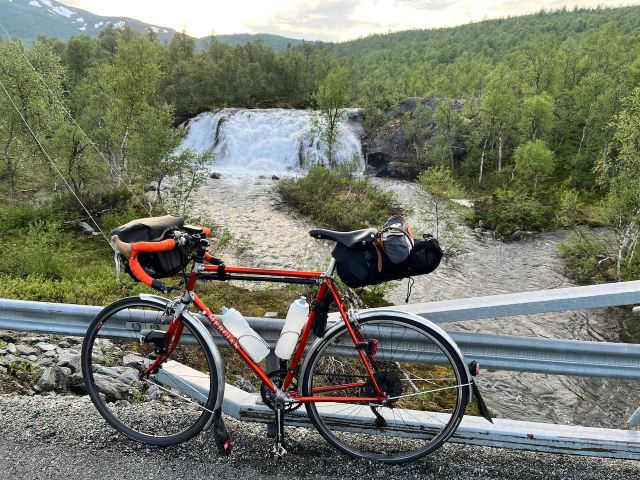
When I was entering Norway, the setting was spectacular. The sky was clear and lit by gentle nocturnal twilight. To my left I saw a mountain and a number of slim, elegant waterfalls. In front of it was a tranquil lake with remnants of ice in the middle. To the right of the road the terrain was ascending and covered with old trees, their tops immersed in mist.
This was what long distance cycling was all about. This was what Norway was about. When I later asked a hotel owner what I had smelled when cycling through the forest, he simply answered: “It was just fresh air.”
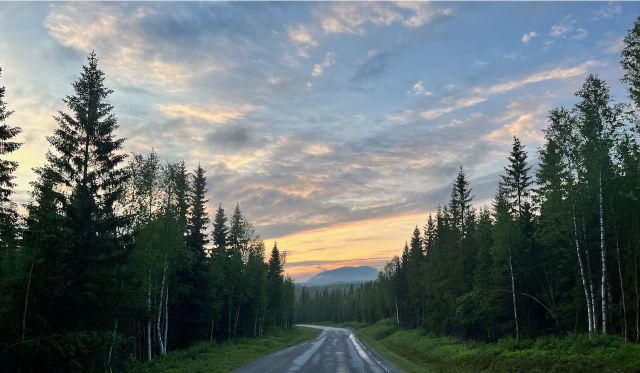
I had first heard about the Midnight Sun Randonée eight months earlier. It was in the middle of a long winter and I was trying to spend an hour every morning in the basement on my indoor trainer. I had half-heartedly decided to ride Paris-Brest-Paris (PBP) in the summer of 2023 for the third time. But for various reasons, my heart wasn’t really in it. I was intrigued by MSR as I’ve had a special relationship with Scandinavia since my childhood days. My parents were lifelong Scandinavia lovers, and in the 1980s they spent many summers with me in Sweden and Norway.
In the early 1990, I also did my first first solo bike tour in the area. The trip was a complete disaster. My 12 speed bike was not up for the climbs, and neither was I. Taking several hardcover books on a hilly bike tour might not have been my smartest idea, and the weather was awful. I aborted the tour early.
So I had an account to settle with Sweden and Norway, and the Midnight Sun Randonée seemed like the ideal opportunity.
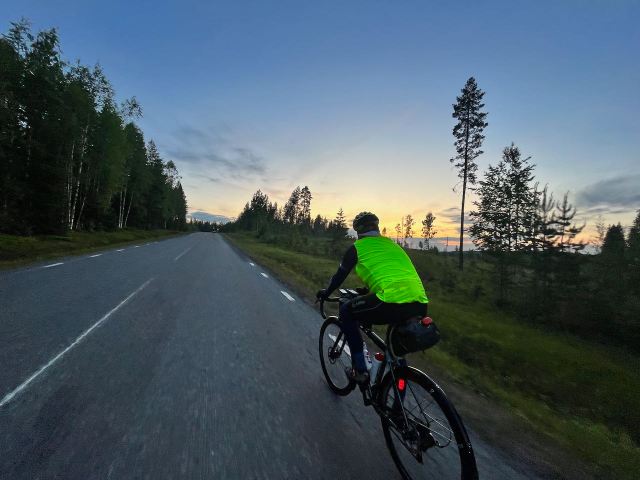
Fear
When signing on for it, I was uncertain if I could cope. I had finished Paris-Brest-Paris in 2015 and 2019 as well as London-Edinburgh-London in 2017. During the pandemic, I had lost a bit of my long-distance cycling mojo and gained some weight. I had abandoned a 1500 km ride (Berlin-Munich-Berlin) in 2021 after a mere 400km, and could not be on the startline of London-Edinburgh-London last year as I had caught Covid in late May. (On the upside, I could entirely focus on my role as the volunteer coordinator for LEL 2022, which was also a really great experience.)
Continue reading “Fear, fjells and fairy tale roads – 1226 magic kilometres on the Midnight Sun Randonnée”
